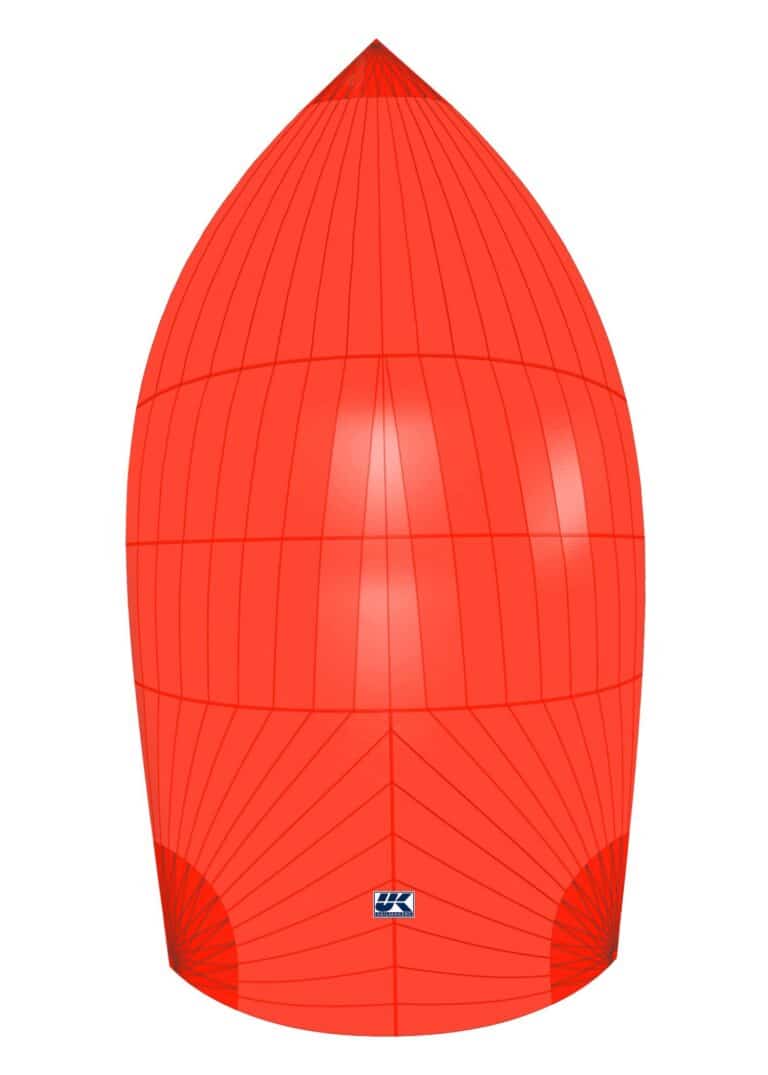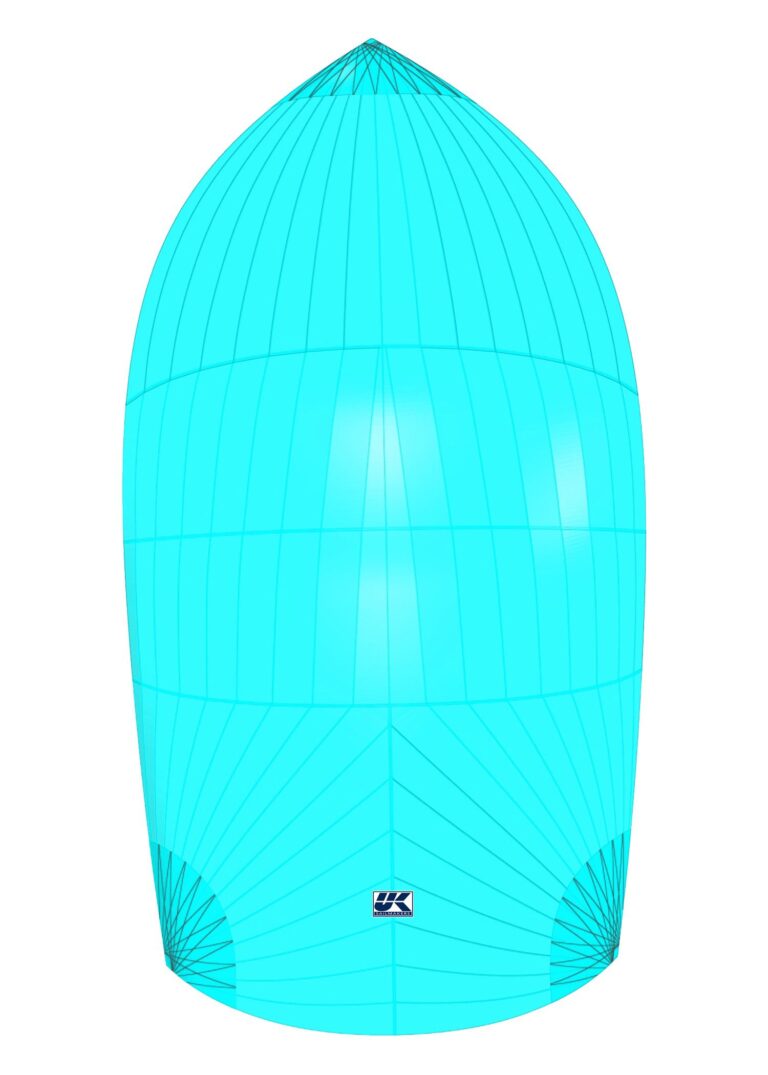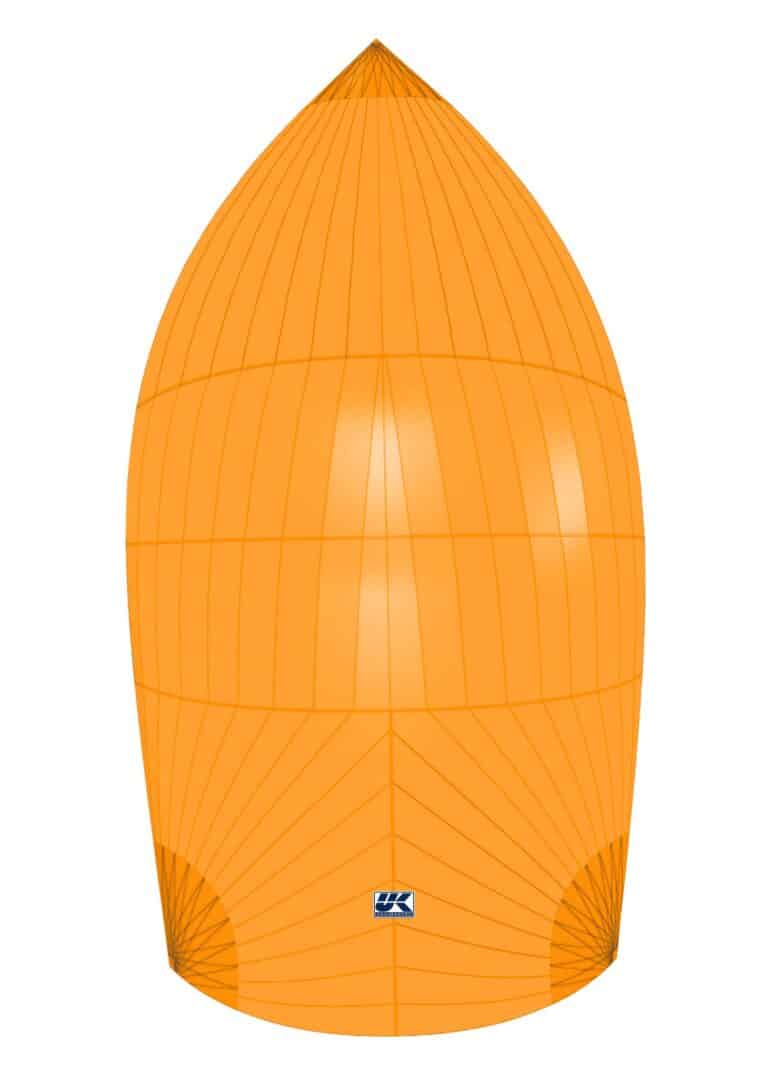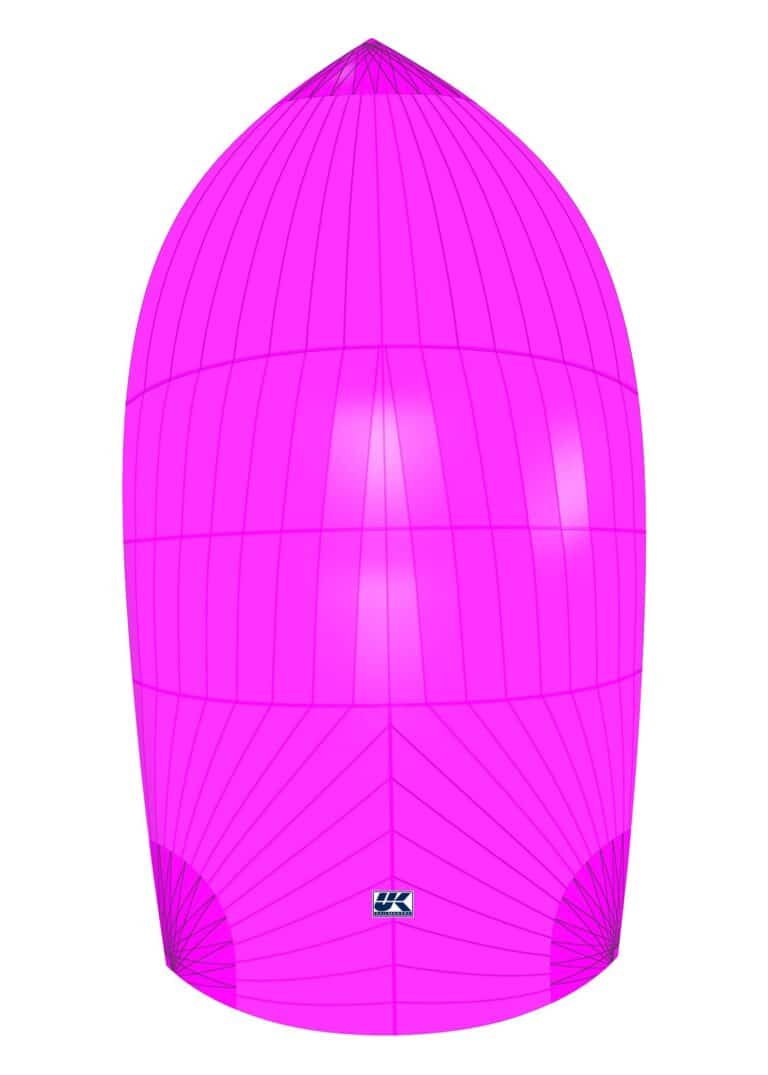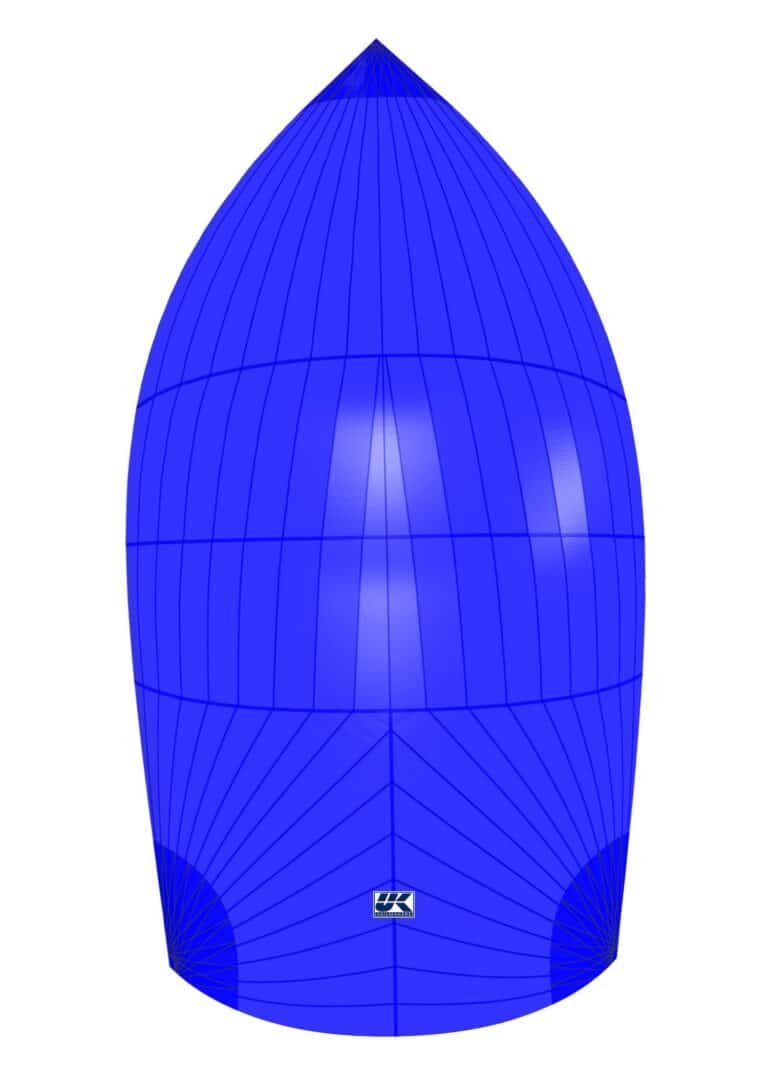
ASSYMETRICAL SPINNAKERS
Code Zero — The Reaching Weapon
Fill the gap between your jib and your spinnaker with a flat, furling reacher that supercharges light-air performance and distance-race legs. Optimized for apparent wind angles ~45–70° and 0–10 knots.
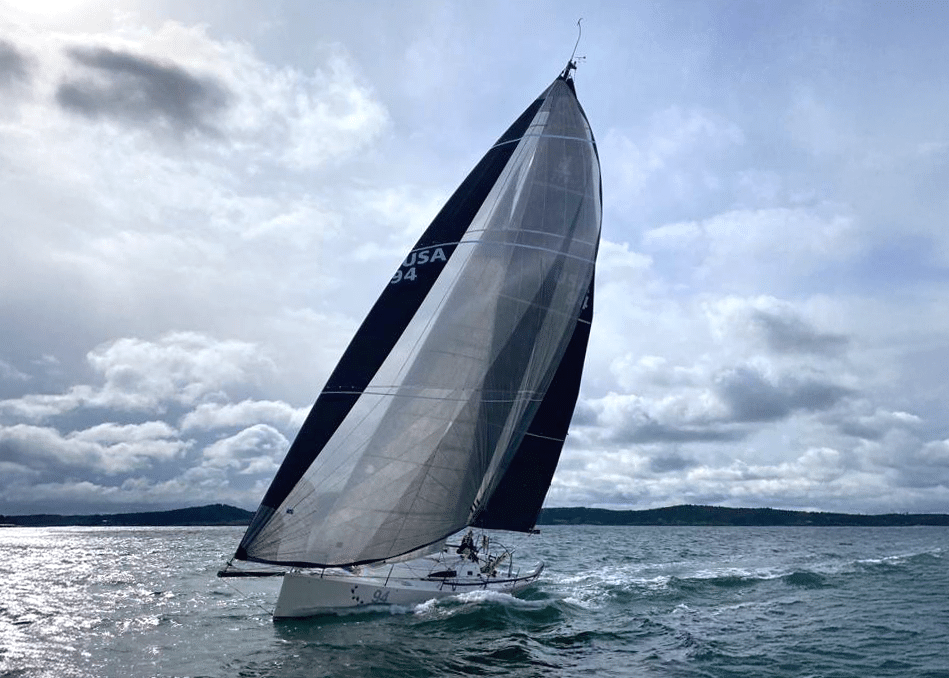
Why add a Code Zero?
Originally created to give non-overlapping rigs genoa-like punch on a reach, the Code Zero measures as a spinnaker yet behaves like a high-efficiency reaching headsail. Perfect for windy coasts, club racing, and distance legs where most miles are reached—not run.
Light-Air Horsepower
Take off in 5–8 knots
When it’s too close for a runner and too open for the jib, the Zero keeps boats moving, accelerating quickly out of tacks and lane changes.
Easy Handling
Furl & go
Set on a continuous furler for simple hoists, takedowns, and gybes. Stow cleanly on the bow and redeploy in seconds.
Rating-Smart
Measures as a spinnaker
Mid-girth ≥ 75% of foot length means it rates as a spin while acting like a reaching jib—ideal under common handicap systems.

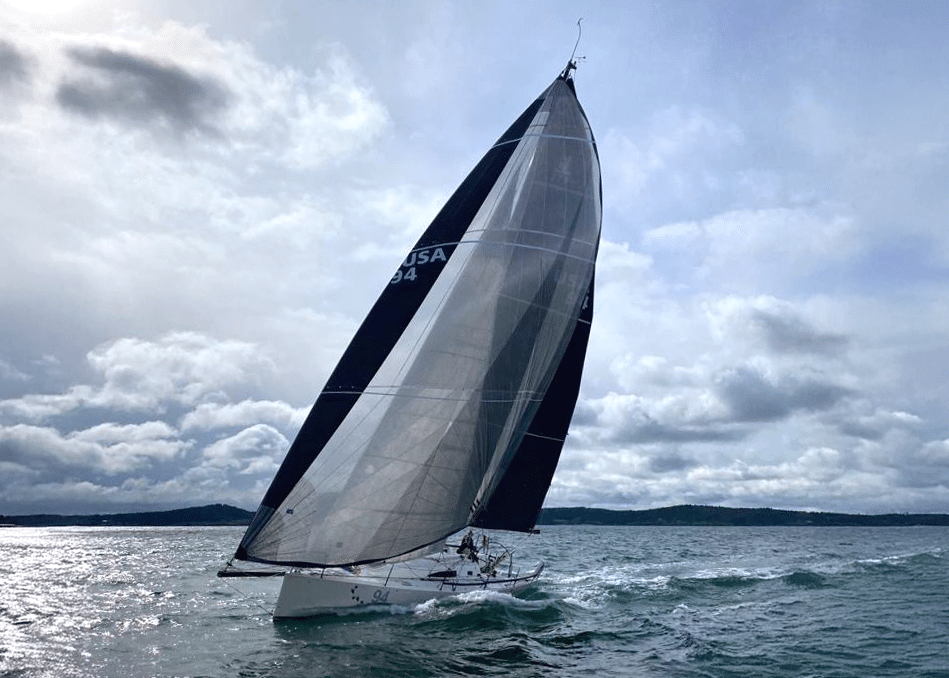
Furling Options
Boats ≤ 33’
Smaller sails may be flown without a furler for minimum weight and cost.
Boats 33′-44′
Direct-drive continuous furlers are simple, fast, and reliable.
Boats ≥ 42’
Top-down furlers roll the roach first for tight, low-windage snakes and cleaner redeployments.
Furler Options
There are three different methods for controlling a Code Zero. For boats 33 feet and smaller, sails are small enough that a furler is not necessary. For mid-sized boats 33-44 feet, a simple direct furler is the best option; for boats over 42 feet, you’ll need a top-down furler to handle the Code Zero, which is getting quite big. There are many different companies making innovative furling units for Code Zeros. Talk to your local UK Sailmakers representative to find out which one will work best for your boat and budget..
Top-Down furlers work better with large Code Zeros and asymmetrical spinnakers because they roll up the roach and upper leech first. By rolling up the top of the sail first, the rest of the sail becomes blanked by the mainsail and as a result rolls up very tightly. Having a tight roll allows the sail to unroll better and a tight roll presents less windage so that it can be raised sooner without hurting your sailing performance.
FAQs
Why is it called “Code Zero” and how does it measure?
To qualify as a spinnaker under common rules, the mid-girth must be at least 75% of the foot length. The “Zero” label came from round-the-world programs that needed a closer-reaching “Code 1″—so the new sail jumped to “zero.”
How is this different from Code 55 / Code 65 terms I see online?
Those names describe geometry (mid-girth as % of foot). A classic Code Zero sticks to spin measurement (≥75%). UK will design to your rule, angles, and target modes.
Can I cruise with a Code Zero?
Absolutely. On furlers with UV options and the right laminate spec, it’s a low-drama power boost for close reaches and light air days.



